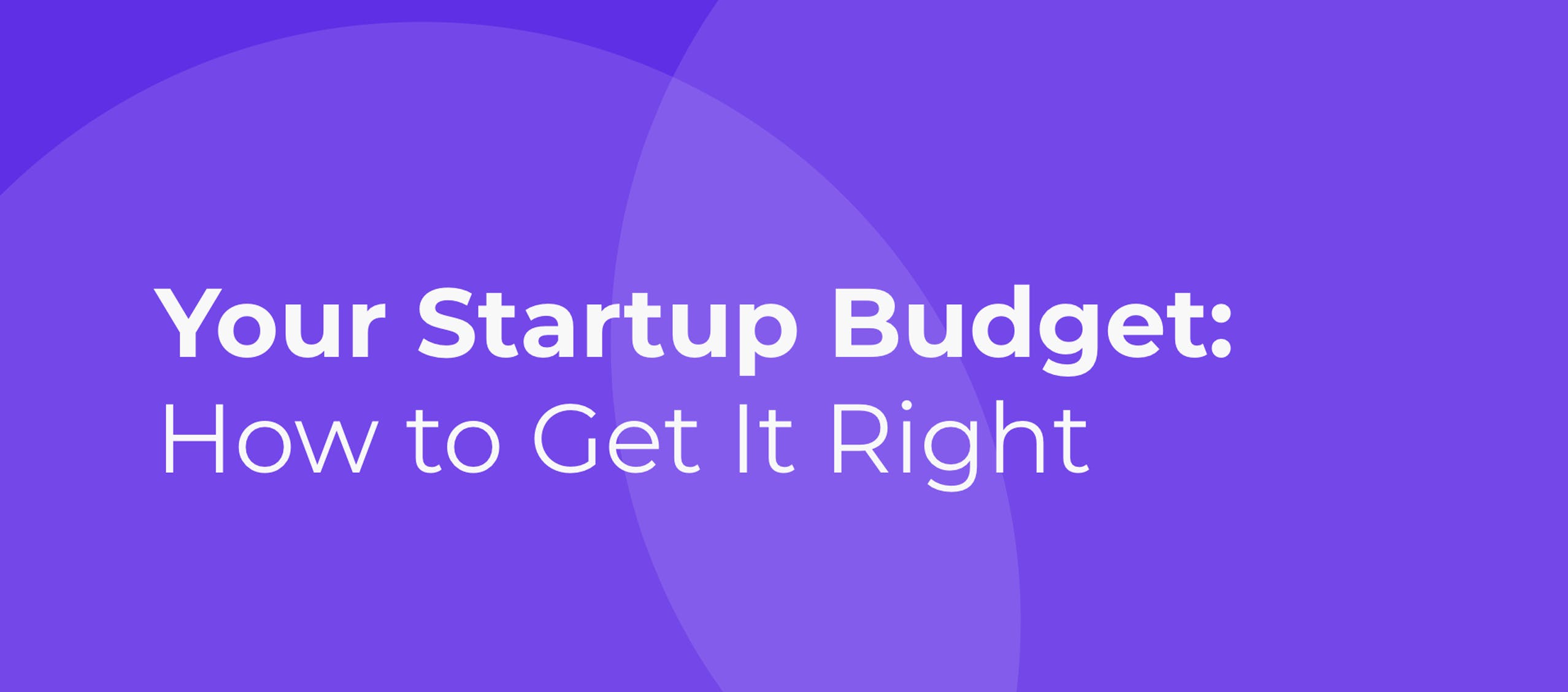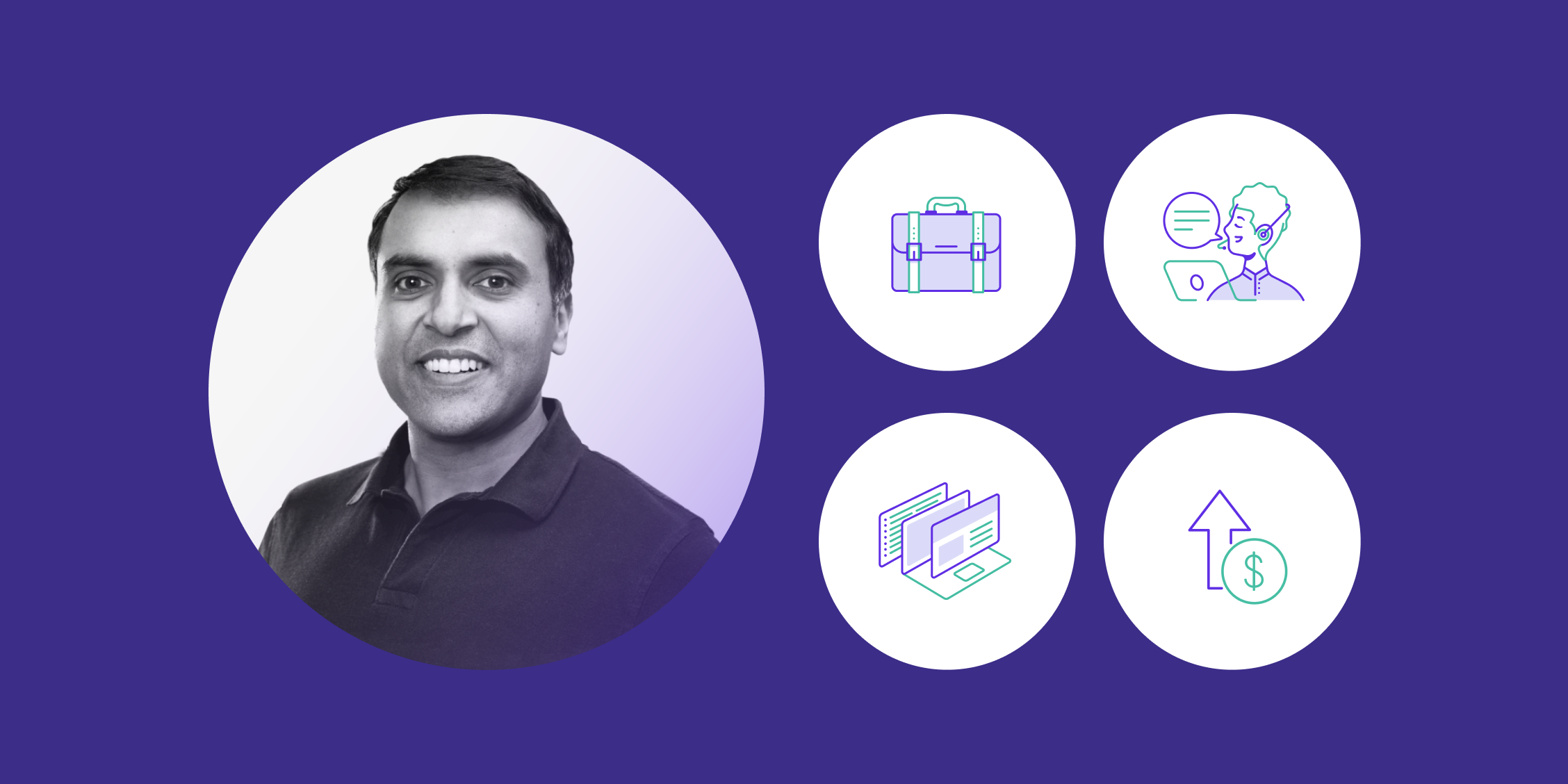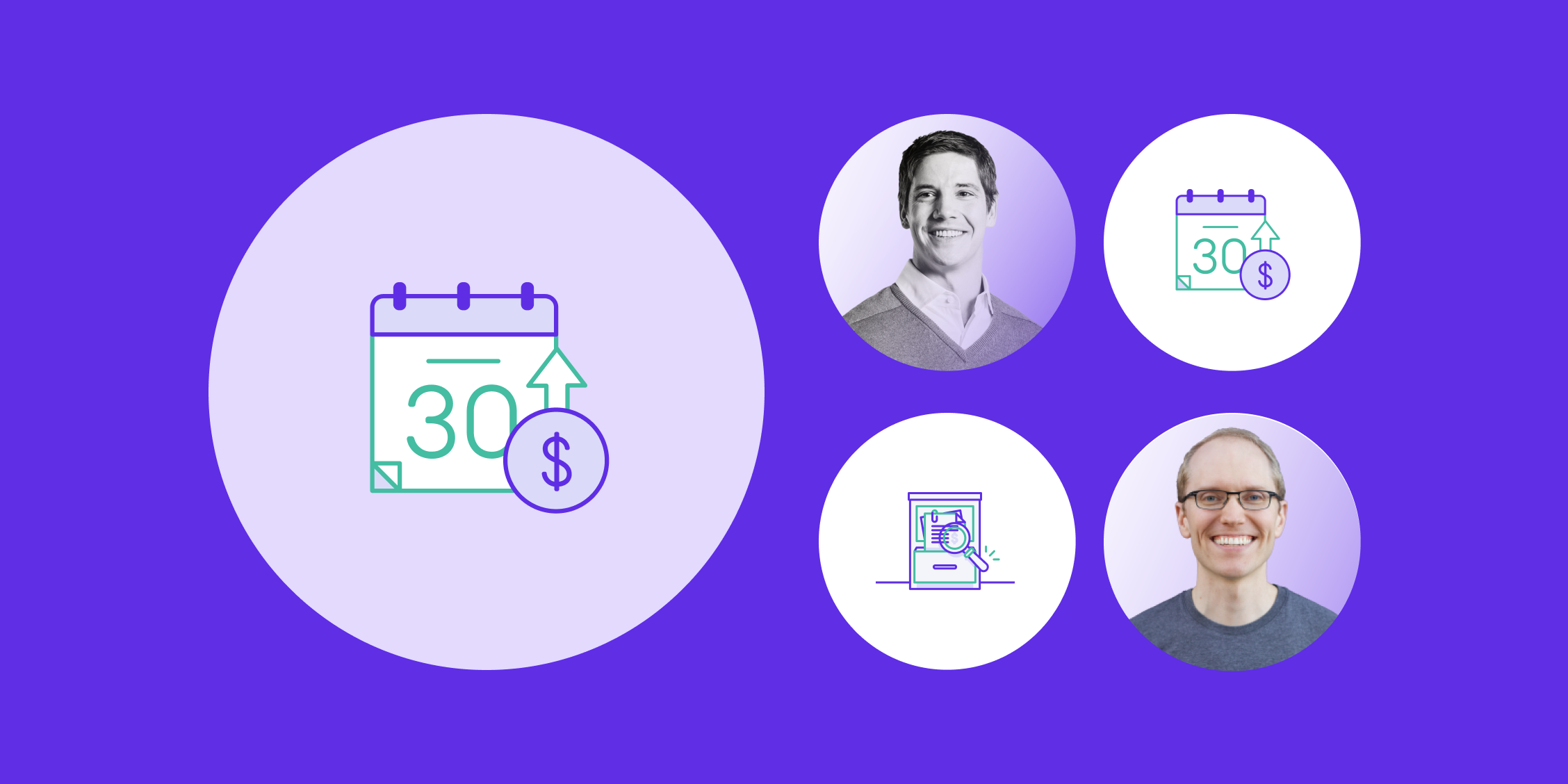Watch: How to Get Your Startup Budget Right
A confirmation email has been sent to your email.

Building a high-quality business budget isn’t easy, and it’s especially challenging for young companies without a lot of budgeting experience. That’s why we recently sat down with our leading budgeting expert to get some tips.
Pilot’s Head of CFO Services, Yi Jean Lim, knows a thing or two about how to build a startup budget. With past roles at Andreessen Horowitz, Lazard, and Wish, Yi Jean has worked firsthand with a diverse range of startups to help determine their financial objectives, analyze their metrics and, of course, put together the annual budget they need to achieve their business goals.
Yi Jean outlined her recommendations for successful budgeting in our recent webinar, Your Startup Budget: How to Get it Right. You can watch the whole recording here, or read our excerpts below.
Q: What are some things that companies should think about before they start their budgeting exercise?
You can’t make effective plans if you don’t understand what drives outcomes. Budgeting requires you to closely examine what actually affects your business results. One of your key business drivers is, how do you acquire your customers?
You need to acquire customers to generate revenue. There are infinite ways to acquire customers but most businesses fall into direct sales or self serve. Depending on your business, sometimes it is a blend of the two.
Direct sales is most commonly used by B2B SaaS companies where they need sales reps to sell their offering to potential customers. Thus, the drivers are the number of sales reps and their effectiveness.
A pure self serve customer acquisition strategy focuses on driving traffic to a website where customers can serve themselves. Several factors drive this customer acquisition model: number of visitors to site and conversion rate from trial to premium customers.
Another key business driver is, how do you monetize your customers?
The two common types of revenue models that we see are transactional (marketplaces) and recurring (software subscriptions).
Typical drivers for transactional revenue models are average basket size, average transaction value and customer estimates. Typical drivers for recurring revenue models are average revenue per customer, upsell or downsell rates and customer estimates.
If the drivers fluctuate materially, you may want to consider segmenting your drivers into something more reasonable to your business. Perhaps it should be segmented by product or by customer profile.
Q: How can startups do better at forecasting?
There’s always going to be some guesswork involved in forecasting, but making good use of your existing data helps you start from a strong foundation. This includes what’s in your current financial statements, along with any historical data you may have.
If your company is very new, you might not have much to work with, and that’s OK. As you begin to accumulate historical data, you can use it to refine your budget as you move forward.
You really want to look at what data you have and try to identify any trends. Are sales heading in a certain direction? Are your COGS holding steady or increasing? What about your marketing costs?
Here are a few things to look out for: Seasonality – do you tend to see revenue go up or down in certain times of the year? Customer segmentation – are some customers more sticky than others?
This gives you a clue where you might go next, and lets you make better estimates about how your choices may affect the future.
Q: To boost top line/revenue forecasts in my budget, can I spend money on customer acquisition to fund growth?
There are a few things to keep in mind. There is a tradeoff to most business decisions and spending money on customer acquisition to fund growth is one of them. I would watch out for the CAC, a marketing efficiency KPI called Customer Acquisition Costs. If the CAC is lower than the LTV that the customer gets you, then that is money well spent.
However, there are a lot of factors in play here: do you have enough cash in the bank to spend on advertising, what is the industry benchmark for a good LTV/CAC ratio that you ought to maintain to make sure your next fundraise is successful, etc.
Q: Once my company has a budget, what comes next?
After your budget is built, you should maintain the budget monthly after your latest historicals are ready. This is called a rolling forecast since you are rolling your forecast forward with the latest actuals.
Separately, you should also do a comparison of your budget vs. actuals to get a better sense of what went right / what went wrong so you can make business decisions based on a retrospective analysis. You also put more accountability on teams that own a specific financial goal.


